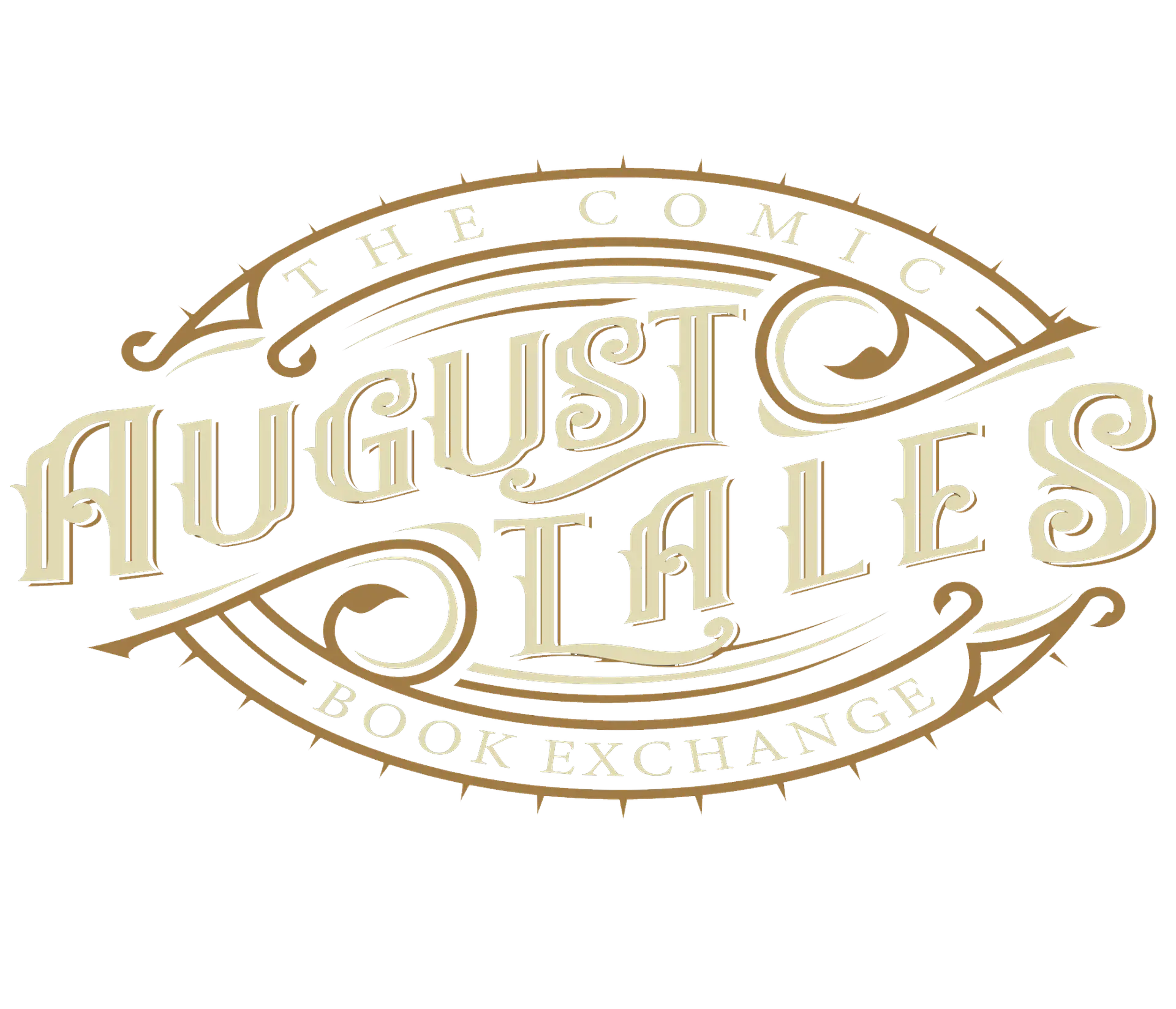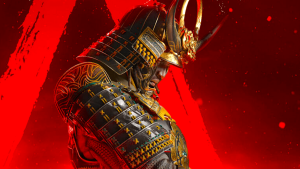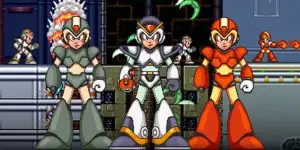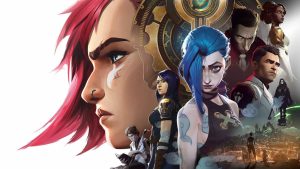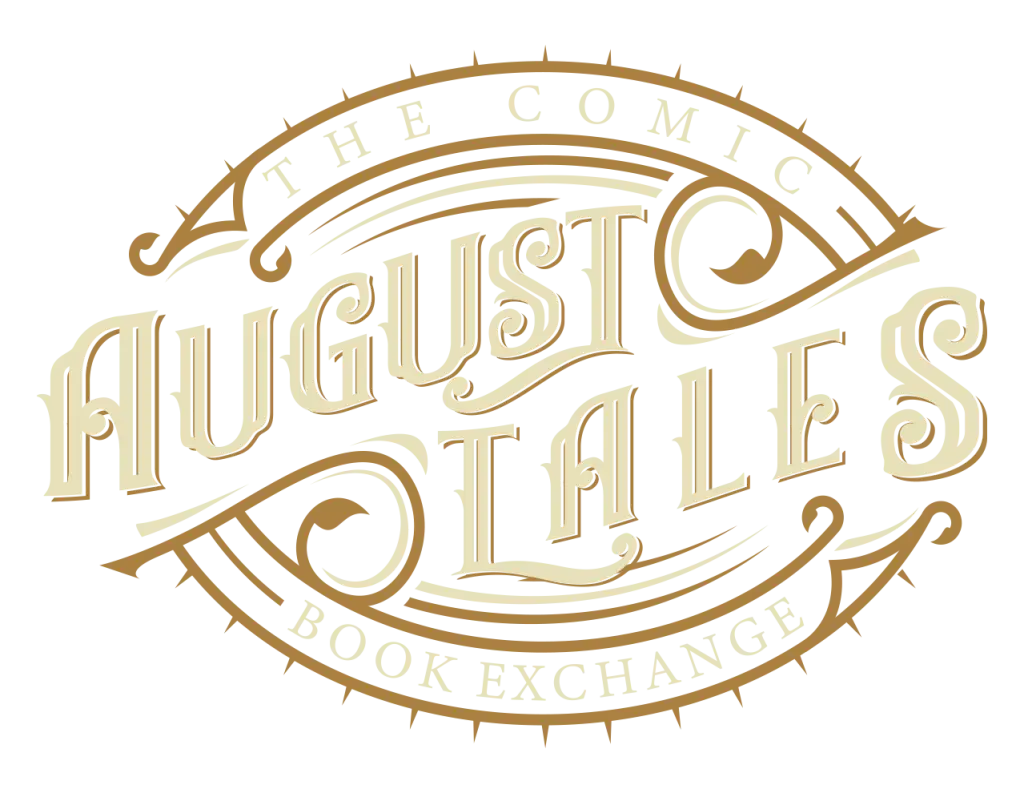How DC’s Crisis Events Shaped and Reshaped the Multiverse Over the Years
The DC Universe has always had a flair for the dramatic. And nothing says “universe-altering stakes” quite like a Crisis event. From “Crisis on Infinite Earths” to “Dark Crisis on Infinite Earths,” these epic tales are more than just massive crossovers—they’re DC’s way of resetting the stage, redefining characters, and keeping fans on their toes.
Let’s take a look at how these Crisis events have shaped the very fabric of the DC Multiverse, from their Silver Age origins to their latest iterations.
The Birth of a Crisis
DC’s love affair with Crisis events didn’t start with “Crisis on Infinite Earths.” Long before that 1985 classic, the seeds were sown in stories like “Crisis on Earth-One” and “Crisis on Earth-Three.” These early tales brought together the Justice League of America and the Justice Society of America, bridging the gap between different Earths and creating the first inklings of a DC Multiverse.
In these stories, readers were introduced to the idea of parallel Earths—a concept that would become crucial to DC’s storytelling. However, while these early Crises were game-changers in their own right, they were just the prelude to something much bigger.
Crisis on Infinite Earths: The Big Bang
If the earlier Crises were warm-ups, “Crisis on Infinite Earths” was the main event. Launched in 1985, this 12-issue series was DC’s answer to its increasingly convoluted continuity. With multiple Earths, conflicting timelines, and a growing roster of heroes, something had to give. Enter Marv Wolfman and George Pérez with a plan to simplify the DC Universe.
The story was simple: the Anti-Monitor, a being of unfathomable power, was hell-bent on destroying the Multiverse. Heroes and villains alike were forced to band together in a desperate bid to save their worlds. Not everyone survived. In fact, some of the most iconic characters, including Barry Allen and Supergirl, made the ultimate sacrifice.
“Crisis on Infinite Earths” wasn’t just another crossover; it was a monumental event that merged five Earths into one cohesive universe, wiping out countless characters and storylines in the process. It was brutal, it was bold, and it changed DC forever.
A Legacy of Crises
The success of “Crisis on Infinite Earths” set a high bar for future events. Over the years, DC has returned to the Crisis well time and again, each time with varying degrees of success. From “Zero Hour: Crisis in Time!” in 1994 to “Identity Crisis” in 2004, each event has attempted to address the fallout from previous Crises while introducing new twists and turns.
“Zero Hour” sought to clean up the mess left by “Crisis on Infinite Earths,” but it only created more problems, particularly for characters like Hawkman and the Legion of Super-Heroes. “Identity Crisis” took a different approach, focusing on a murder mystery within the superhero community that had far-reaching consequences.
The Infinite Crises
In 2005, DC celebrated the 20th anniversary of “Crisis on Infinite Earths” with “Infinite Crisis,” a direct sequel that revisited many of the themes and characters from the original. This time, the Multiverse was back, and with it came the return of Earth-2 Superman, Lois Lane, and other pre-Crisis characters. The result was a story that both honored and subverted the legacy of its predecessor.
“Infinite Crisis” wasn’t just about nostalgia, though. It laid the groundwork for the return of the Multiverse, setting the stage for even more Crises in the years to come. And while it may not have had the same impact as the original, it proved that DC still knew how to deliver a universe-shattering event.
Final Crisis and Beyond
Grant Morrison’s “Final Crisis” in 2008 took the concept of a Crisis to new, meta levels. With Darkseid and the Anti-Life Equation threatening all existence, it was a story as much about the nature of storytelling as it was about superhero battles. It was ambitious, mind-bending, and—depending on who you ask—either a masterpiece or a confusing mess.
“Final Crisis” may have wrapped up Morrison’s grand vision for the DC Universe, but it wasn’t the end of DC’s Crisis events. Far from it. The publisher continued to explore the Multiverse in stories like “Heroes in Crisis” and, most recently, “Dark Crisis on Infinite Earths,” each one adding new layers to the ever-expanding DC tapestry.
The Crisis Continues
With “Dark Crisis on Infinite Earths,” DC once again returned to its roots, bringing back the infinite Multiverse and introducing a new generation of heroes to carry the torch. The event may not have been as universally beloved as its predecessors, but it opened up new possibilities for the future.
As DC moves forward, one thing is certain: the concept of a Crisis will always be part of its DNA. Whether you love them or hate them, these events are here to stay, continually reshaping the DC Universe in ways that keep readers coming back for more.
So, what’s next for DC? Another Crisis, of course. Because in the world of comics, nothing stays the same for long. And that’s just the way we like it.
Read this article and more at August Tales Comics. Your go-to site for trade paperback exchanges and comic book news! Trade. Read. Repeat.
#comics #comicbooks #graphicnovel #graphicnovels #augusttales
Image credit: www.cbr.com
